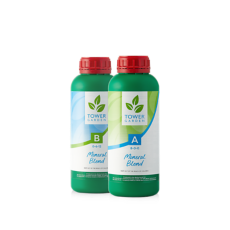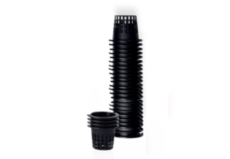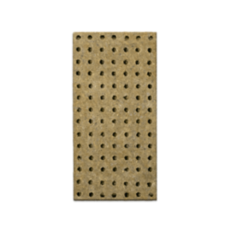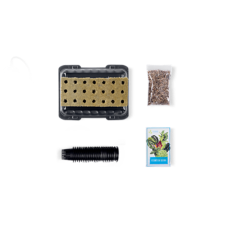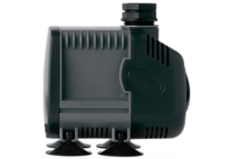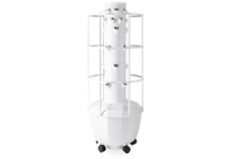How To Know When Your Plants Need Some Love
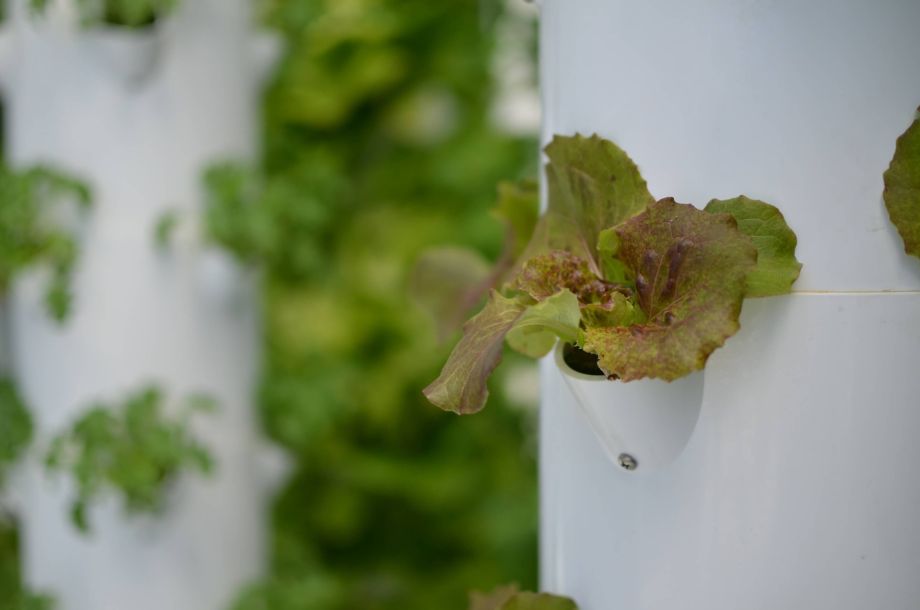
Do you understand plant language? Plants send messages all the time — from requests for resources to warnings of trouble.
They communicate with visual cues, such as altered leaf colours and shapes. If you learn to read these signs, you’ll catch minor issues before they become big problems, thereby getting the most out of your garden (and helping your plants feel “heard”).
So here’s a lesson in plant language 101.
Quick Reference Guide to Subtle Plant Signs
If you notice a problem in your garden, but are short on time, use this chart to narrow down the possibilities.
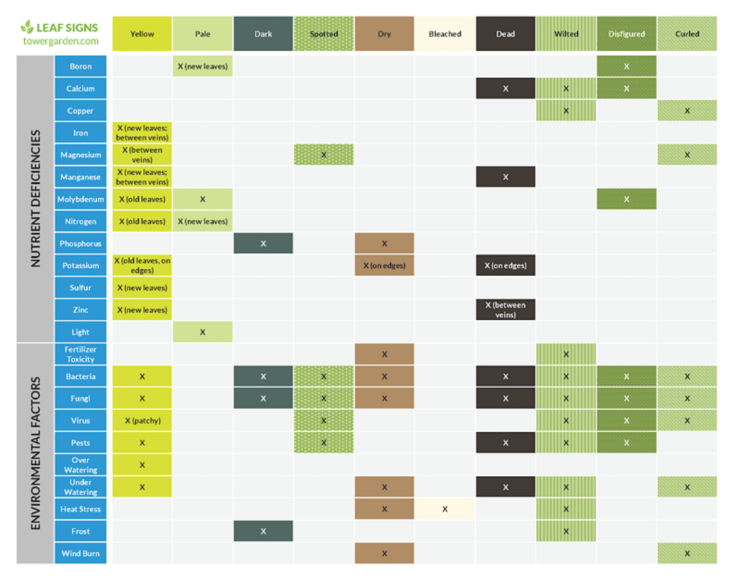
Want to learn more about what your plants are trying to tell you? Let’s dive a little deeper.
Yellow Leaves and Nutrient Deficiencies
“Why are my plant’s leaves yellow?”
Most gardeners have faced this befuddling question. Leaf yellowing, or “chlorosis” if you’re feeling science-y, has many potential causes. But one of the most common is undernourishment.
For healthy development, plants require 16 micronutrients and macronutrients. And if they don’t get them or if proportions are imbalanced, leaves may start to look strange, become more susceptible to disease, and slow (or even stop) growing.
The great news is that with Tower Garden, all you really need is Mineral Blend, a simple, balanced mix of all the key nutrients.
Tower Tip: Even if you’re providing the essentials, a high or low pH may keep plants from absorbing or processing them. Most plants access nutrients best when the pH range is around 5.5–6.5. So measure your levels every few weeks and adjust as necessary.
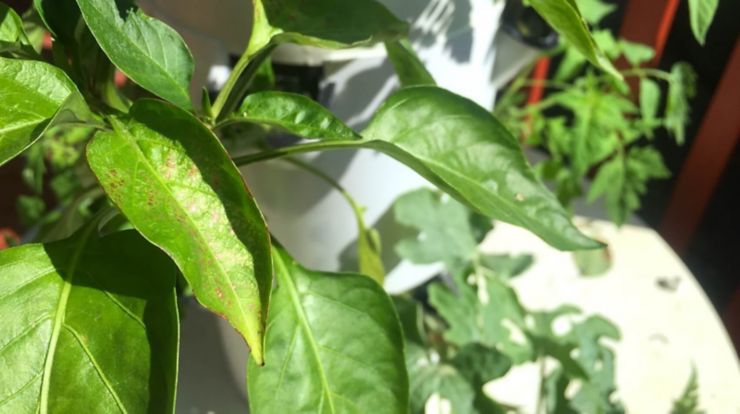
Other Causes of Discolouration and Disfigurement
Nutrition isn’t the only reason a plant’s leaves may look unusual. Here are a few other common causes.
Pests and Plant Diseases
It’s wise to watch for garden pests. Because bad bugs not only damage and stress plants — they also often introduce the following types of plant diseases, which bring additional harm:
- Bacteria – Bacterial diseases can cause wilting and spotting.
- Fungi – Some leaf fungi mimic certain symptoms of nutrient deficiencies, including yellowing and necrosis.
- Virus – If you see blotchy or patchy yellowing on your leaves, a virus might be responsible (especially if the discolouration is accompanied by disfigured growth).
Learn how to prevent and control these diseases
Over (or Under) Watering
One of the most common, non-nutrient-related causes of yellow leaves is over or under watering. Luckily, Tower Garden automates the watering cycle, ensuring that crops are always receiving the optimal amount of water.
Look for dropped leaves. Plants that don’t receive enough water drop leaves to prevent transpiration (i.e., the evaporation of water from plant leaves). So if you see leaves on the ground, you probably need to revisit your watering cycle.
Environmental Factors
Your growing environment can also impact how your plants grow. Here are a few elements to consider.
Light
When accompanied by thin, reaching stems, pale leaves usually suggest a plant isn’t receiving enough light. (Most plants need at least 6–8 hours of direct sun daily or, if growing indoors, 14–16 hours daily under grow lights.)
On the other hand, newly transplanted crops may develop bleached spots on their leaves after too much sun exposure. To avoid this, harden seedlings by gradually introducing them to the outdoors over the course of a few weeks.
Similarly, when growing inside, leaves that get too close to grow lights may become spotted or scorched, which is followed by yellowing, spotting, and, eventually, leaf death. The solution? Harvest more often!
Nutrients
To prevent wilting in a Tower Garden full of small seedlings (plants 7cm or shorter), use a half-strength nutrient solution: 10 mL of Mineral Blend A + 10 mL of Mineral Blend B per gallon (10 L) of water.
You can safely increase nutrients to the full amount once seedlings have grown taller than 7cm and developed a robust root structure. This usually takes less than a month.
Note: Even for mature plants, overly concentrated nutrients can also cause fertilizer burn. So make sure you’re always feeding your plants the proper amount.
Temperature
Extreme heat often causes plants to wilt. But they usually bounce back once temperatures cool. That being said, these tips can help protect your plants from hot weather if you’re growing outdoors.
If you notice black spots on leaves or plants after a cold snap, frost damage is likely the cause. Some plants — particularly kale, collards, and other hardy greens — can survive light frosts. More sensitive crops, such as tomatoes and peppers, however, usually die after freezing weather.
Wind
If you’re growing outdoors, and leaves look dry around the edges and/or curl upward, they may be suffering from windburn. Consider setting up a wind barrier to protect them.
Time
It’s completely normal for older, more mature leaves of a plant to yellow and die over time (as long as new, green leaves are replacing them). Just remove these old-timers to prevent leaf fungi.

What Are Your Plants Saying?
Now that you know how to decode your garden’s secret language, diagnosing and fixing problems should be a little more straightforward.

